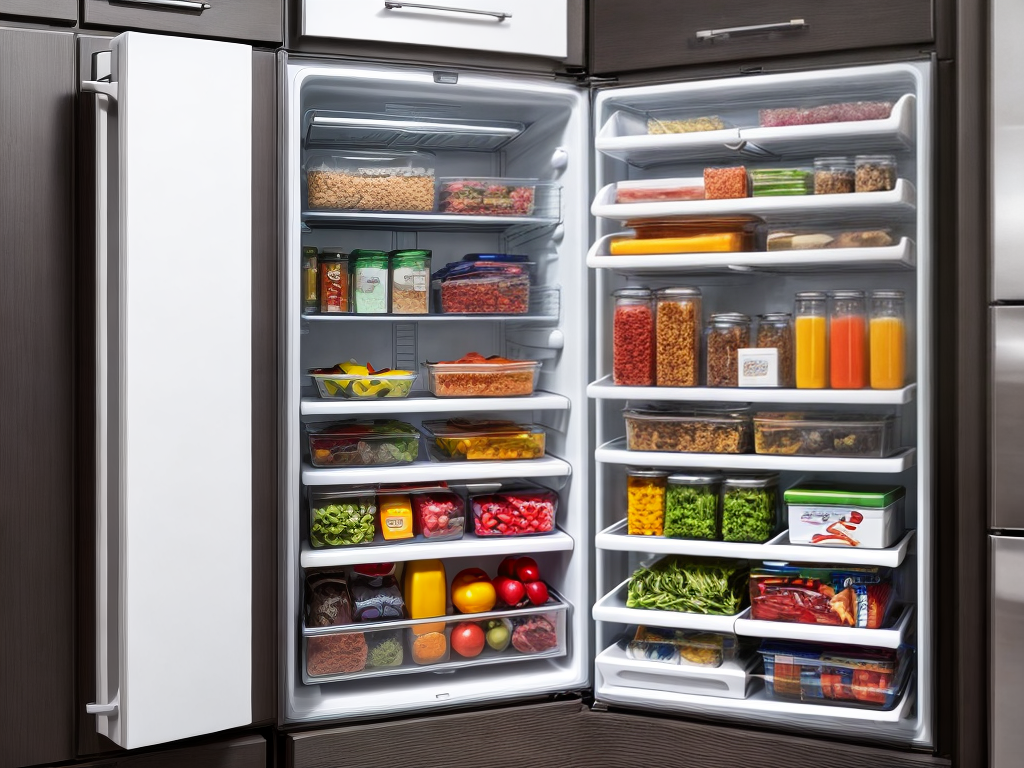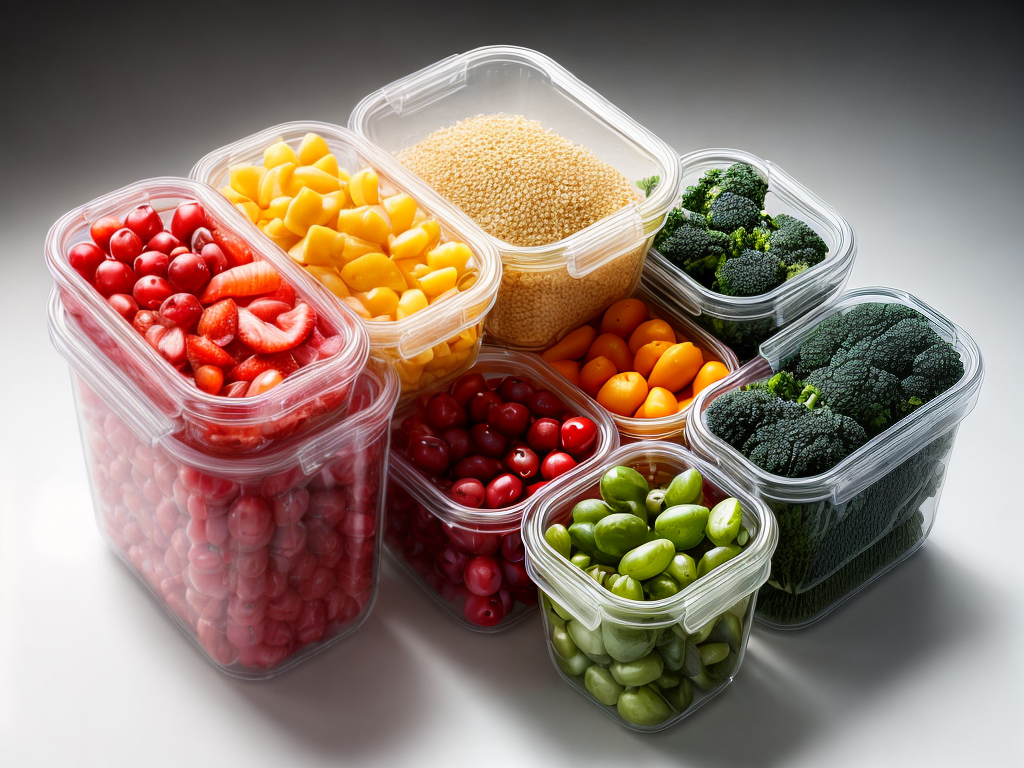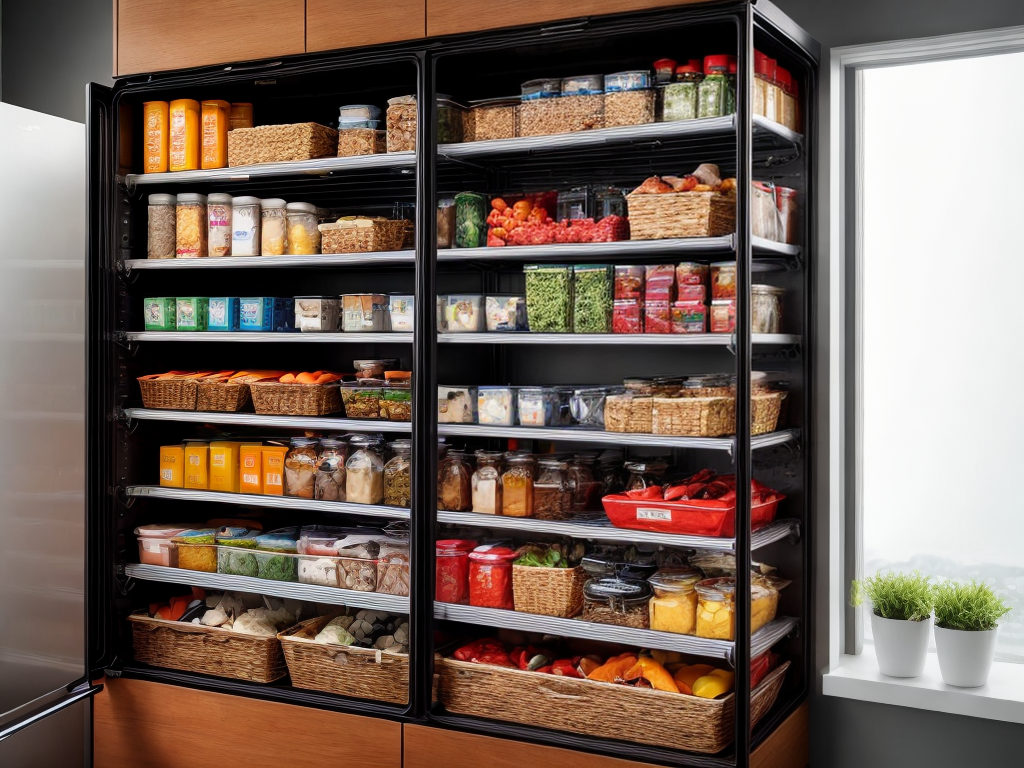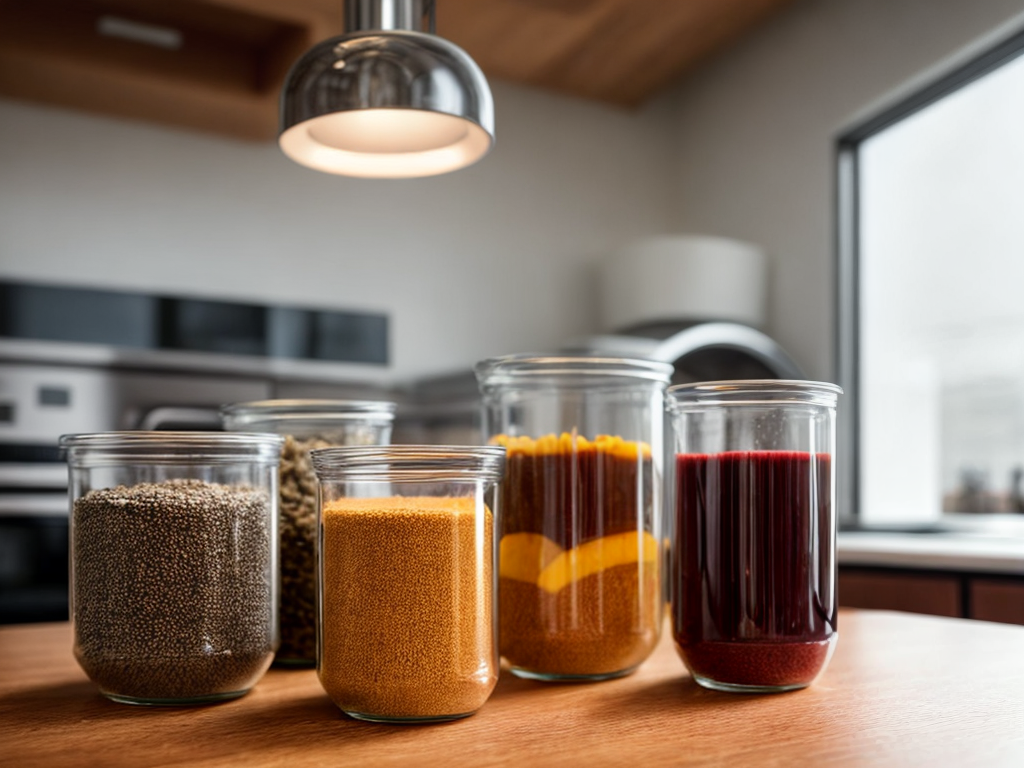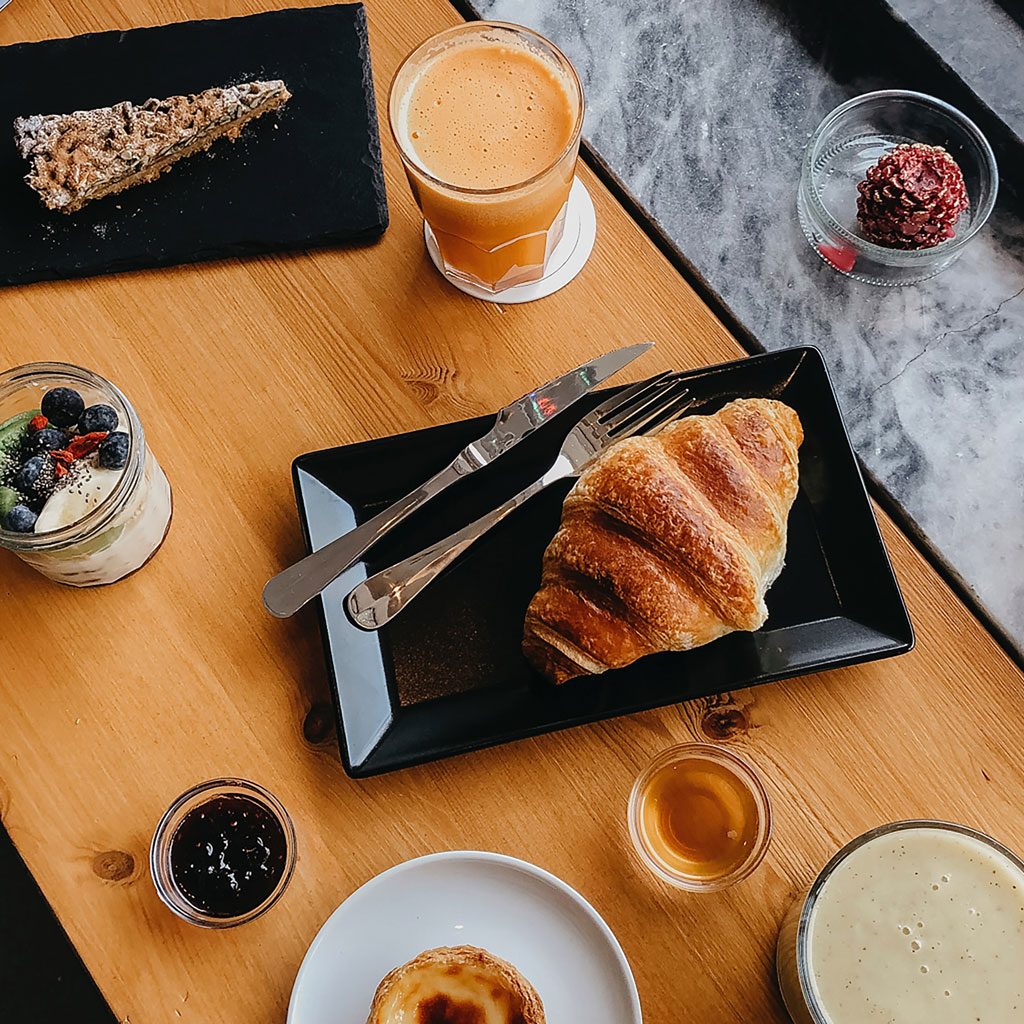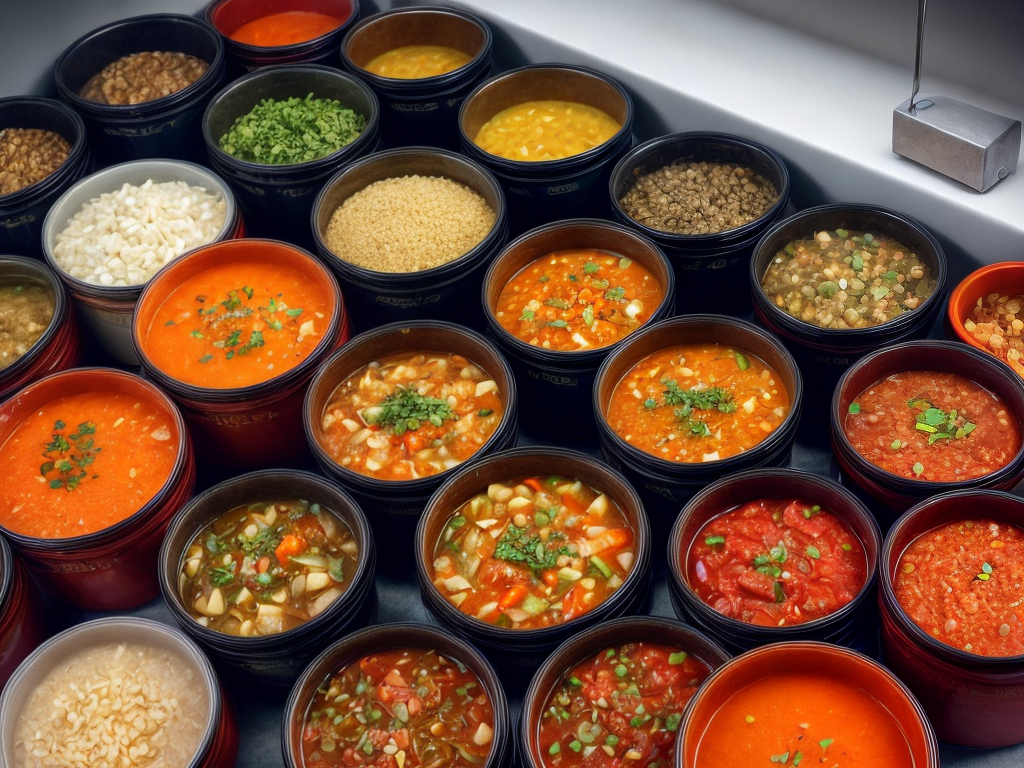
As I open my freezer, the sight of neatly stacked containers filled with homemade soups and stews brings a sense of satisfaction. But how did I achieve this level of organization and convenience? In this discussion, I will share the best practices for freezing soups and stews, from choosing the right containers to properly cooling and portioning. I’ll also provide tips for labeling, freezing, and thawing, as well as maintaining the quality of your frozen creations. So, if you’re tired of wasting leftovers or struggling with messy storage, keep reading to discover the secrets of storing soups and stews in the most efficient and delicious way possible.
Choosing the Right Containers
When it comes to storing soups and stews, choosing the right containers is essential for maintaining freshness and preventing freezer burn. Soup containers that are suitable for freezing should be durable, leak-proof, and able to withstand extreme temperatures. There are various options available, including plastic containers, glass jars, and freezer bags.
Plastic containers are a popular choice for freezing soups and stews due to their durability and versatility. Look for containers that are specifically designed for freezer use and have a tight-sealing lid to prevent moisture loss and freezer burn. Glass jars are another excellent option, as they are non-toxic and do not absorb odors or flavors. Make sure to leave enough headspace in the jar to allow for expansion during freezing.
Freezer bags are a convenient and space-saving option for freezing soups and stews. They are flexible, making it easy to stack and store them in the freezer. However, ensure that the bags are made of thick, heavy-duty plastic to prevent any leaks or punctures.
Regardless of the type of container you choose, it’s important to label each one with the contents and date of freezing. This will help you keep track of the freshness and ensure that you use the oldest soups and stews first.
Properly Cooling the Soup or Stew
To ensure the best results when freezing soups and stews, it is crucial to properly cool them before transferring them to storage containers. Cooling the soup or stew not only prevents the growth of bacteria but also helps maintain its flavor and texture. Here are three key steps to properly cool your soup or stew:
-
Use cooling equipment: Invest in cooling equipment such as cooling racks or ice baths to speed up the cooling process. Place your pot of soup or stew in an ice bath or on a cooling rack to allow for faster heat dissipation.
-
Divide into smaller portions: To cool your soup or stew more quickly, divide it into smaller portions. This increases the surface area, allowing for faster cooling. You can use shallow containers or even ice cube trays for individual portions.
-
Monitor chilling time: Keep track of the chilling time to ensure that your soup or stew cools down to a safe temperature within two hours. After two hours, bacteria can start to multiply, posing a potential health risk.
Portioning for Easy Thawing and Serving
For easy thawing and serving, it is important to portion your soups and stews before freezing them. By dividing your batch into individual servings, you can conveniently thaw and reheat only what you need, preventing any wastage. Here are some portioning techniques to help you maximize the convenience of your frozen soups and stews:
| Technique | Description | Benefits |
|---|---|---|
| Individual cups | Pour your soup or stew into individual freezer-safe containers or zip-top bags. | Easy to grab and thaw single servings. |
| Ice cube trays | Ladle your soup or stew into ice cube trays. Once frozen, transfer the cubes into freezer-safe bags. | Ideal for adding small portions to sauces and recipes. Also great for portioning for babies or toddlers. |
| Quart-size bags | Pour your soup or stew into quart-size freezer bags, removing as much air as possible before sealing. | Convenient for larger servings or for sharing with family and friends. Easier to stack and store in the freezer. |
When it comes to reheating methods, it is best to thaw your frozen soup or stew in the refrigerator overnight. Once thawed, you can reheat it on the stovetop over medium heat or in the microwave using microwave-safe containers. Stir occasionally to ensure even heating. Remember to always follow safe food handling practices to avoid any risk of foodborne illnesses.
Labeling and Dating Your Containers
Labeling and dating your containers is essential for keeping track of the contents and ensuring food safety. Properly labeling your frozen soups and stews provides several benefits:
-
Organization and Convenience: By labeling your containers, you can easily identify the type of soup or stew inside without having to open each one. This saves time and prevents you from accidentally defrosting the wrong dish.
-
Preventing Waste: Clear labeling allows you to know exactly when you froze the soup or stew, ensuring that you use it before it becomes unsafe to consume. This helps prevent food waste and allows you to enjoy your homemade meals at their best quality.
-
Food Safety: Dating your containers is crucial for maintaining food safety. It allows you to keep track of how long the soups and stews have been in the freezer, ensuring that you consume them within the recommended time frame. This helps prevent the growth of harmful bacteria and reduces the risk of foodborne illnesses.
To label your containers effectively, use waterproof and freezer-safe labels. Write down the name of the soup or stew, the date it was prepared, and any additional information such as ingredients or dietary restrictions. By taking a few extra moments to label and date your containers, you can enjoy your frozen soups and stews with confidence, knowing that you are practicing proper food safety.
Freezing and Thawing Techniques
When it comes to freezing and thawing your soups and stews, following the proper techniques is key to maintaining their flavor and texture. To ensure the best results, it is important to know the right thawing methods and how to prevent freezer burn.
When it comes to thawing your frozen soups and stews, the best method is to transfer them from the freezer to the refrigerator. This slow thawing process allows the food to defrost gradually, preserving its quality. It is recommended to place the container on a plate or in a bowl to catch any potential leaks or drips. This method may take several hours or even overnight, so it’s important to plan ahead.
If you’re short on time, you can also use the cold water thawing method. Simply place the frozen soup or stew in a sealed plastic bag and submerge it in a bowl of cold water. Change the water every 30 minutes to maintain a constant temperature. This method can thaw your food in a couple of hours.
To prevent freezer burn, it is crucial to properly package your soups and stews before freezing. Use airtight containers or freezer bags, removing as much air as possible to minimize the risk of freezer burn. Additionally, make sure to label and date your containers to keep track of the storage time.
Tips for Maintaining Quality During Freezing
To maintain the quality of your soups and stews during freezing, there are several tips you can follow:
-
Use airtight containers: When freezing soups and stews, it is crucial to prevent freezer burn. Freezer burn occurs when air comes into contact with the food, causing it to dehydrate and develop unpleasant textures and flavors. By using airtight containers, you can minimize air exposure and keep your soups and stews fresh.
-
Leave headspace: It’s important to leave some space at the top of the container when freezing soups and stews. This allows room for expansion as the liquid freezes and prevents the container from cracking.
-
Cool before freezing: Before placing your soups and stews in the freezer, make sure they are cooled to room temperature. This helps to minimize moisture loss during the freezing process and maintains the overall quality of your dishes.
Conclusion
In conclusion, following these best practices for freezing soups and stews will help ensure they maintain their quality and flavor. By choosing the right containers, properly cooling the soup or stew, portioning for easy thawing and serving, and labeling and dating your containers, you can easily store and enjoy your favorite soups and stews for later. With the proper freezing and thawing techniques, you can always have a comforting meal ready to go whenever you need it.

